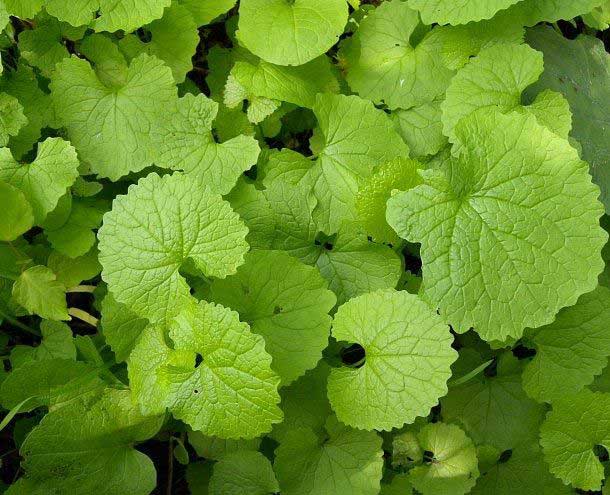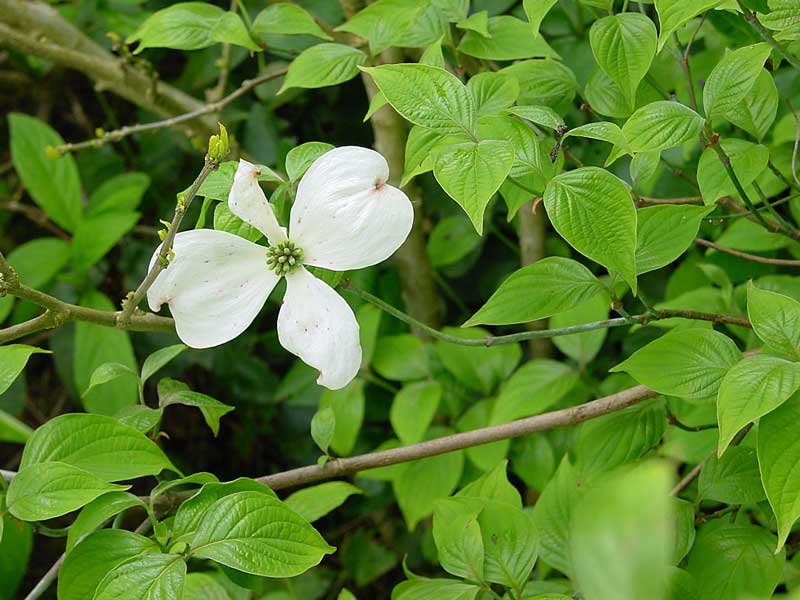Family: Brassicaceae (Cruciferae)
Background
These plants were introduced into the United States by European settlers to help with erosion and to use as a food source. The plant is high in Vitamin A and C and has a garlic flavor when cooked. It was also once used for medicinal purposes to treat ulcers and gangrene. The problem with the introduction of this plant is its invasive nature. It has the ability to aggressively take over the herbaceous layer of woodlands and displace natural grasses. In the state of Ohio, it is considered an invasive species.
Distribution and Habitat
Garlic mustard is commonly found in woodlands, floodplains, savannas, and along roadsides. It is capable of growing in dense shade and in full sun areas.
Description
The plant has a distinguishable garlic smell when crushed.
The leaves are coarsely toothed, broadly triangular stem leaves with a distinct petiole.
The plant is covered with small white flowers in the month of May.
Reproduction is very aggressive and this plant can take over an area very quickly. Seeds germinate in early spring, and adults bloom from May-June the following year. Each plant dies after producing seeds.
Fall or early spring burning is effective in oak woods. Repeated burns over several years are necessary for maximum results. Hand-pulling of the plants is effective but very time-consuming and labor-intensive.
Lookalikes
Wild Ginger (Asarum canadense L.) - http://www.fs.fed.us/wildflowers/plant-of-the-week/asarum_canadense.shtml
References:
http://www.invasiveplants.net/plants/garlicmustard.htm
For more information on invasive plants see:
“Invasive Plants of Concern in Ohio”


